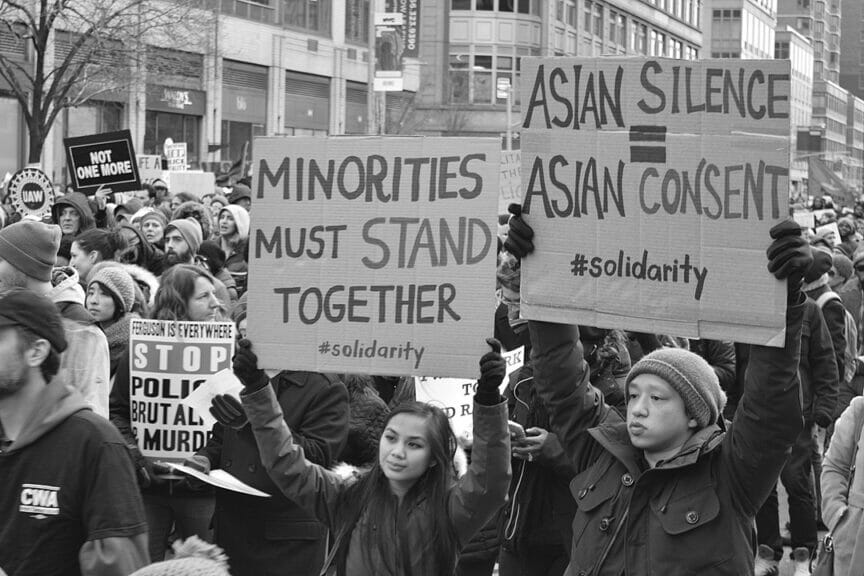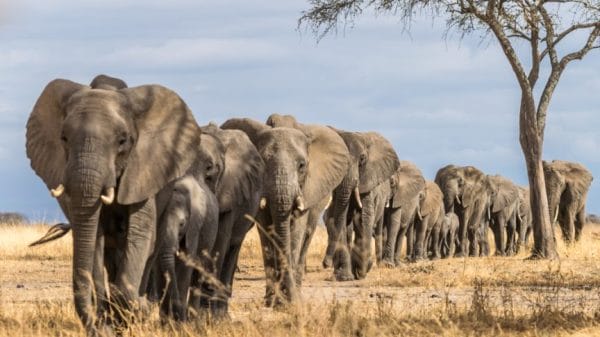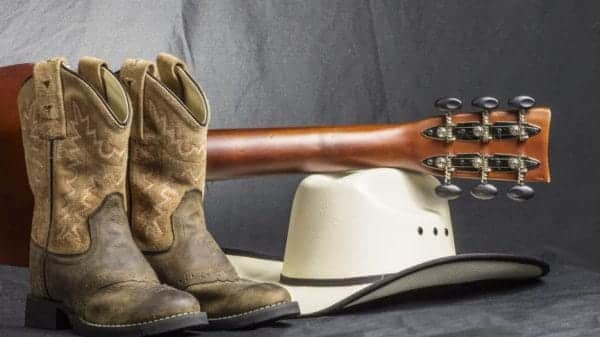The model minority myth has been around since the 1960s – but what is it, and how is it harmful?
The Trope of the “Model Minority”
The idea of the “model minority” first gained momentum in 1966. This was because of an article by William Peterson entitled “Success Story, Japanese-American Style”. Peterson praises Japanese-Americans for their ability to assimilate to “American values” due to their “greater respect for parental and other authority”, and “adaptation to American institutional forms”.
The stereotype of Asian Americans thus shifts to the one familiar today. They are often labelled as highly intelligent, generally meek and polite, and often upper-middle class. White America came to respect Asian immigrants and their children for their ability to work hard, superior performance in educational, economic and public spheres, law-abiding nature and minimal criminal involvement. These tropes persist still in media – the genius (polite) Asian child with straight A’s and strict parents.
The model minority myth answers the question – is there such a thing as a good stereotype? While the myth seems like a compliment, however generalising it may be, it inevitably comes with a catch.
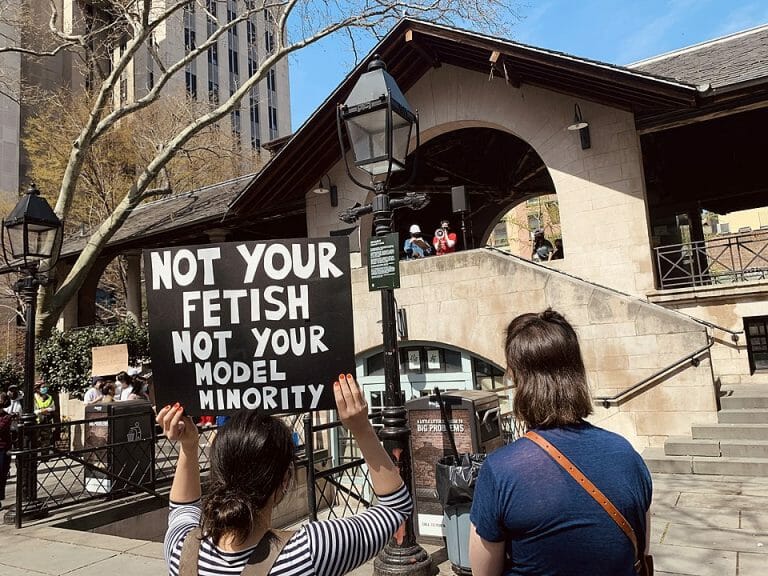
The American Dream
Peterson’s article heralds Japanese Americans for overcoming hardships and discrimination and achieving success in America. It pushes the agenda of the American Dream and insinuates that anyone can achieve success in America. Anyone, regardless of their race or national origins, so long as they work hard and respect the rules of the country.
In many ways, it attributes any lack of success by minorities in America as their own inability to move past previous injustices they have faced. It does not account for current hardships or different forms of discrimination to different racial minorities. If Japanese-Americans can push past racism and the World War II internment camps, what is stopping other minorities? As explained in Demystifying Americanness: The Model Minority Myth and the Black-Korean Relationship, white America saw the relative success of Japanese Americans as “proof of the fair and equal opportunities and economic mobility in American society.” Thus, Peterson uses the success of Japanese-Americans to dispel the idea that America is racist. He insists upon the idea that it was minority groups that were holding themselves back.
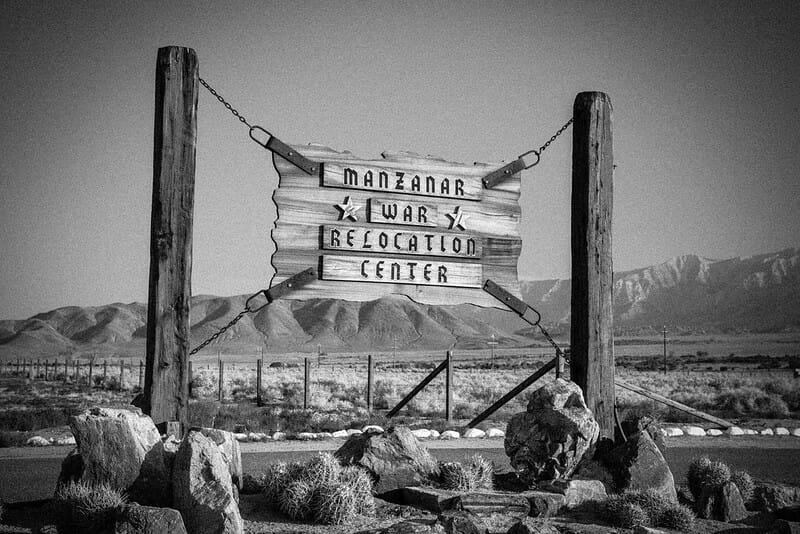
The Anti-Black Origins of the Model Minority Myth
When Peterson dubbed Japanese Americans as “model minorities”, he also dubbed other marginalised groups, specifically black Americans, as “problem minorities”. He dubs them as “self-destructive” in America’s pursuit of equality. Written against the backdrop of the Civil Rights Movement, Peterson criticizes African Americans for their inability to move on from past racial injustices. He poses the misleading question – if Asian Americans can succeed in American society, why can’t black people? He even goes on to claim that Japanese-Americans have obtained more successes than “native-born whites”.
Of course, this is purely a means to cause tension between racial minorities in the U.S. Additionally, the model minority myth completely neglects the wealth disparity amongst Asian American groups in America. It also often refers only to Chinese, Japanese, and Korean Americans, leaving an unsure picture of whether or not South-East Asians are even a part of the conversation.
The Myth and Anti-Blackness during the LA Uprising
Many examples can be found where this myth is used to pit African Americans and Asian Americans against each other. In 1991, after Korean-American Soon Ja Du (Korean: 두순자), killed 15-year-old Latasha Harlins, tensions rose between the two groups. A year later during the L.A. uprisings, many Korean stores found themselves the victims of looting and property damage.
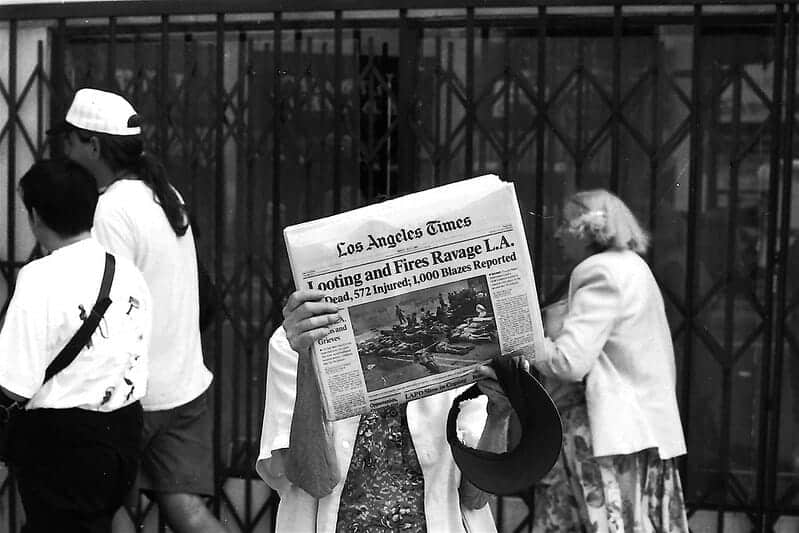
At face value, it appears as the climax of tensions between the two groups. However, reports show that police and military attempted to geographically constrain any violence during the protests to Koreatown. Law enforcement prevented members of the uprising from moving on to more affluent, white neighborhoods. Many Korean shopowners hid in their stores for hours, thinking the police were on their way. Instead, they were concentrating the violence on these stores.
“In other words, the system intentionally sacrificed Korean immigrants to ensure the safety of rich white communities”
Demystifying Americanness: The Model Minority Myth and the Black-Korean Relationship
White American society uses the model minority myth and its “good stereotypes” to perpetuate the bad stereotypes of African Americans. Thus, it dubs them the “problem minority”. If Asian Americans are well educated, peaceful, and hardworking, black Americans are uneducated, thugs, and lazy. Asian Americans were used as a tool to dispel the truths of racism in America, but abandoned by the white system when it was beneficial.
How the Model Minority Myth Hurts Asian Americans
As stated above, this myth marginalizes Asian Americans from both sides of the racial hierarchy. Because of this, race-based violence against Asian communities is harder to identify.
On a more individual level, the model minority myth places pressure on Asian Americans to live up to the stereotype. It asks them to be hardworking and perform well in education, while also dismissing hard work as a natural gift rather than diligent study. Studies also find that teachers view their Asian-American students as hardworking and gentle. However, they are then assumed to need less support as a result of this. The National Alliance on Mental Illness revealed that Asian-Americans are thus less likely to reach out over mental health issues. They furthermore found suicide to be the 9th leading cause of death amongst Asian-American communities.
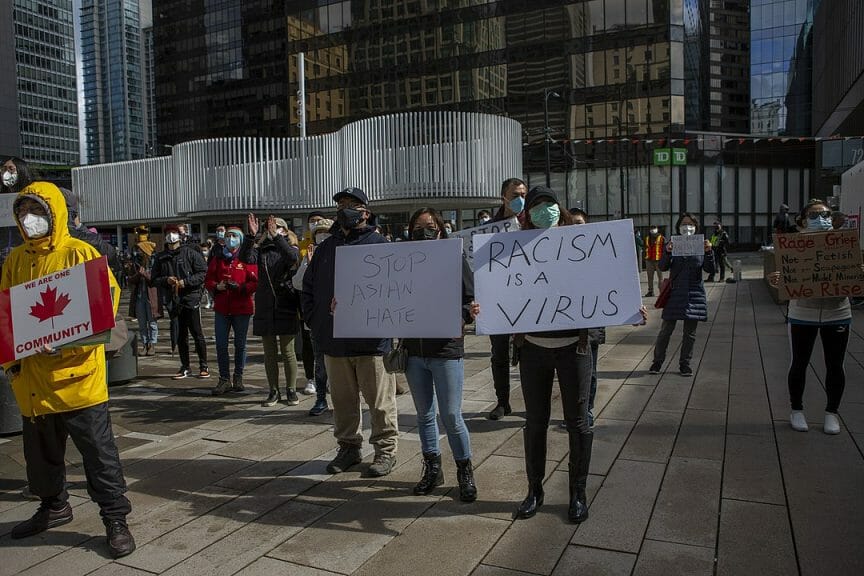
To read more about harmful stereotypes, check out this article from our webpage.


